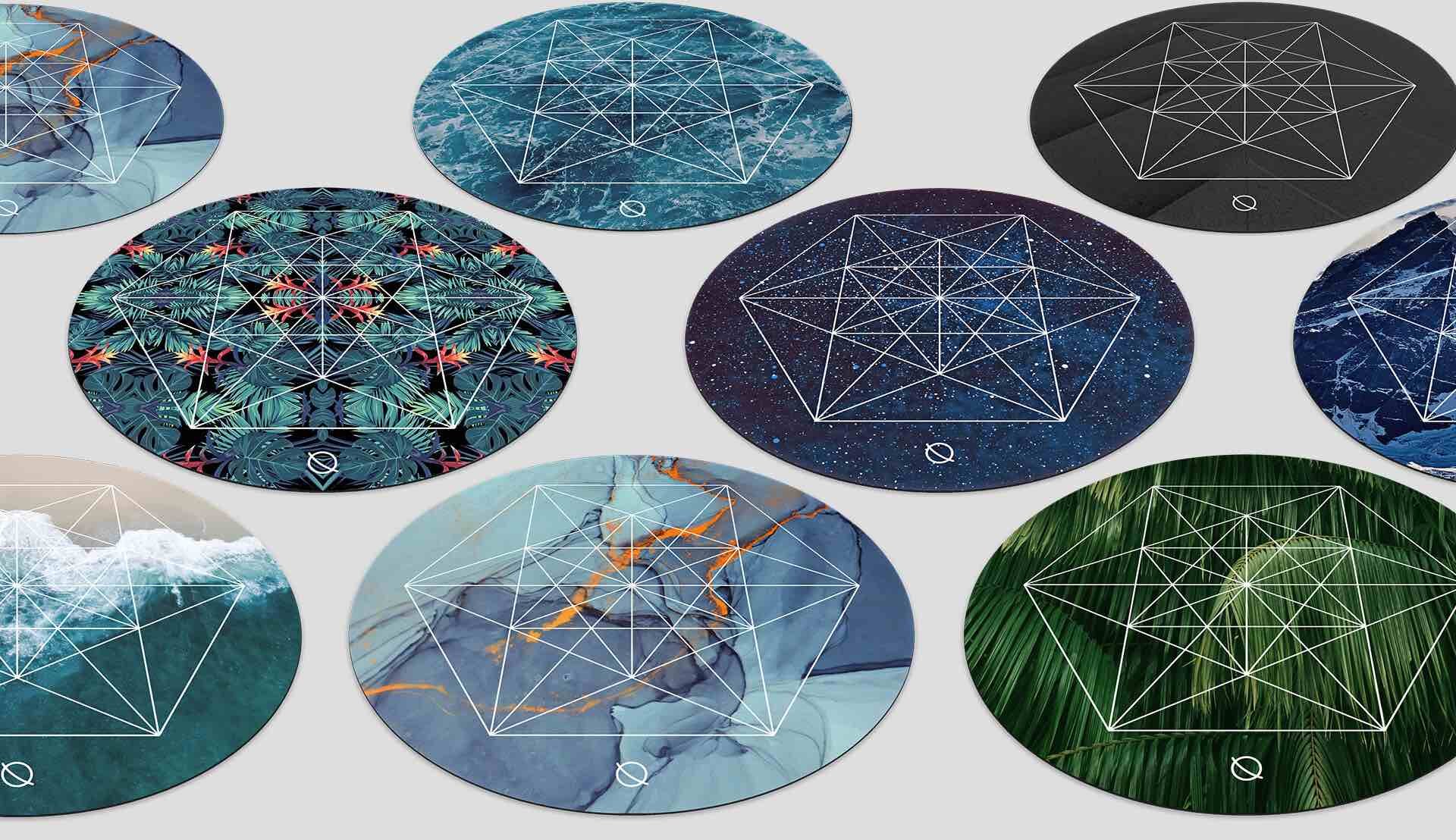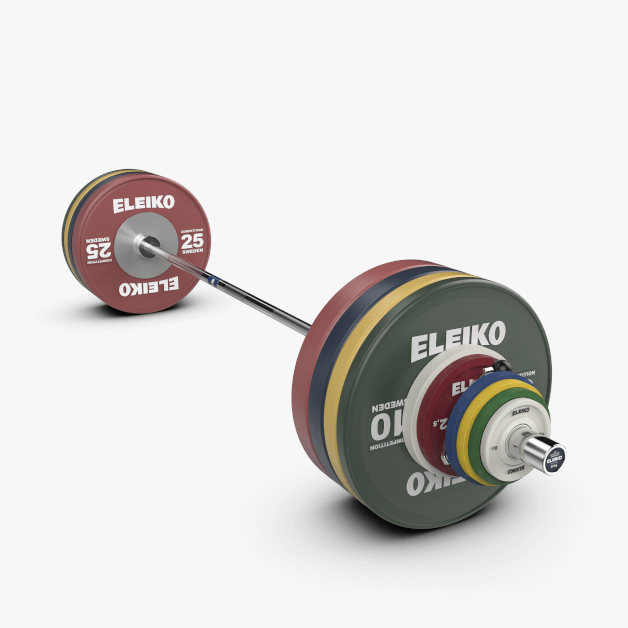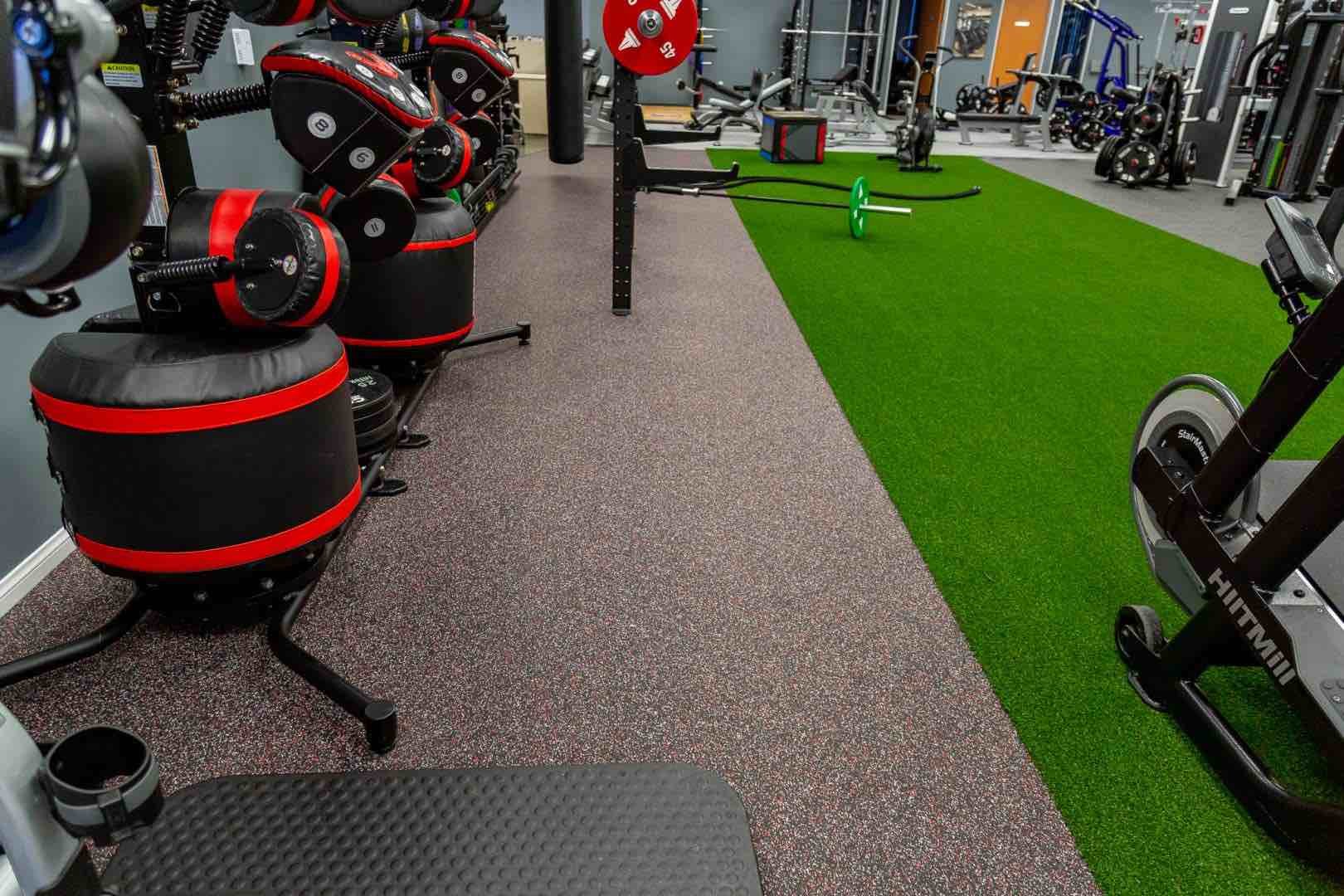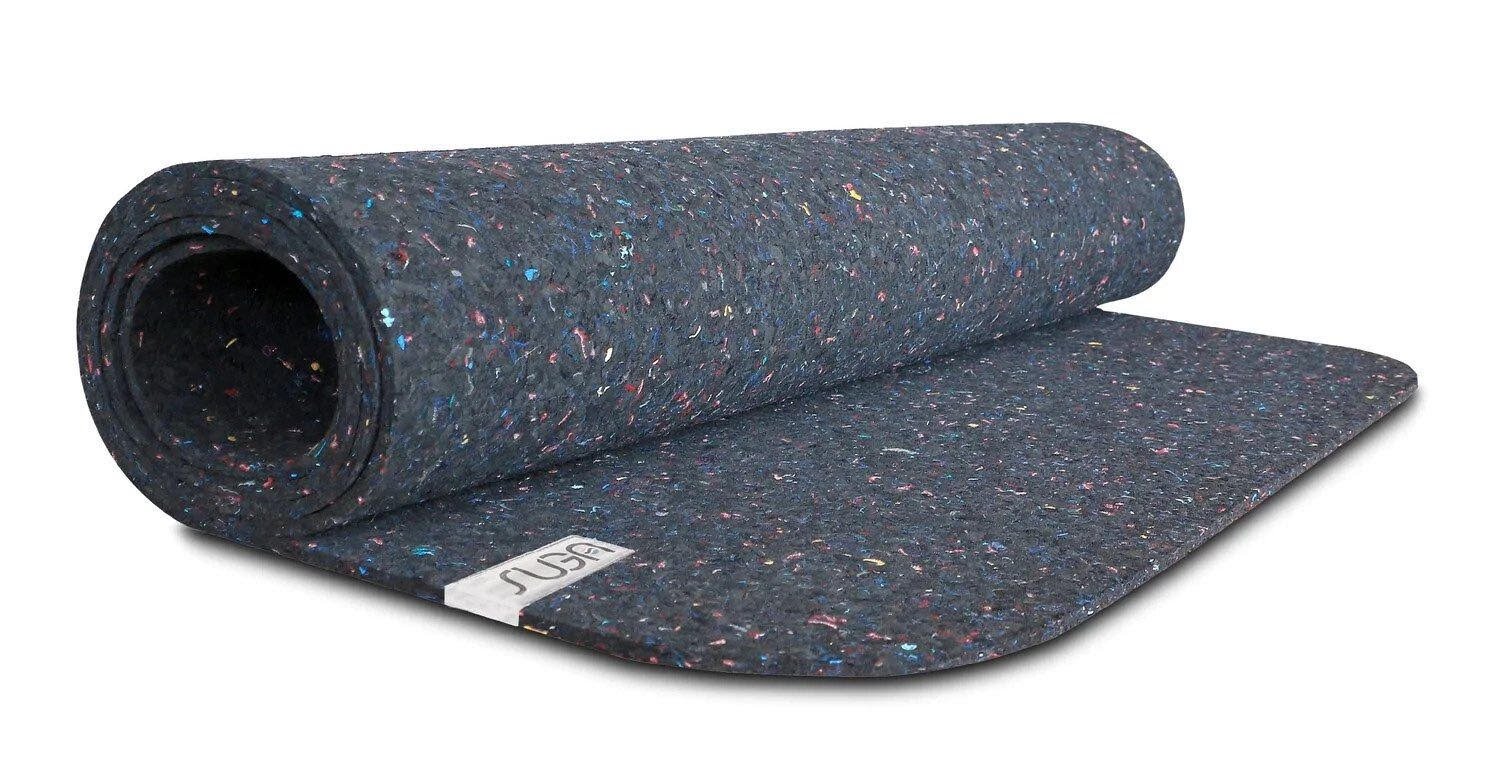
We advise on sustainability strategy for independent gyms, gym brands and gym equipment brands
The fitness industry has a long way to go in order to reduce its environmental impact, from the use of natural resources to fossil fuel powered manufacturing plants but there are signs of green shoots on the horizon.
Key considerations are:
Water efficiency
Waste management & recycling
Sustainable interior materials
CSR policies / community outreach
fritton lake green eco gym interiors by biofit- photo credit to edvinas bruzas
Sustainable Gym Equipment Brands
Sustainably sourced gym equipment is a ket component of any green gym business or interior design. Durable equipment that lasts will ultimately reduce material use and energy associated with extraction and disposal, so buy once and buy well!
Natural material choices that allow the gym equipment to be recycled or reused at end of life contributes to the concept of the circular economy. In addition, cardio machines that require low to no energy use can be incorporated to reduce energy demand.
Prioritizing brands that manufacture locally or regionally helps to reduce transportation-related emissions while supporting gym equipment brands with a robust Corporate Sustainability strategy provides valuable support for the brave few leading from the front.
We see our responsibility as gym equipment experts as proposing a range of options to each client, communicating a product’s respective pros and cons in an honest neutral manner, in order for the client to reach an informed decision on each purchase. Interestingly, yoga studio design is generally ahead of gyms.
UFC gym in Shanghai was awarded RESET Air for Commercial interiors in 2021
Indoor Air Quality in gyms & wellness centres
Healthy indoor air quality ensures a high-performing interior environment for gym users to exercise in. Poor indoor air quality on the other hand can lead to sick building syndrome and the spread of infections, which is even more important to regulate in a space where people are respiring heavily due to exercise.
By implementing a non-toxic healthy materials and finishes policy during the interior fit-out phase we reduce the presence of harmful VOCs that will off-gas into the gym air over time while it is in operation. For example, we might specify Red List Chemical-free gym flooring made of natural, sustainably sourced raw materials and eco-friendly wall paint and plastic-free gym equipment made from sustainably sourced materials.
Once a gym is operational, we rely on the HVAC ventilation system’s filters and/or indoor air purifiers combined with commercial-grade indoor air quality monitors to help gym management ‘see the air’ their clients are breathing every day and raise an alarm when unusual changes in IAQ occur.
fritton lake green eco gym interiors by biofit - photo credit to edvinas bruzas
Sustainable gym interior design
A sustainable gym interior combines environmentally friendly and human health centered design strategies. The incorporation of sustainably sourced, non-toxic, healthy material choices that encourage healthy indoor air quality is key for a successful gym project but there is much more we can do as gym designers.
Biophilic design strategies can also be implemented—a design concept that (re)connects humans to nature in order to boost physical and mental wellbeing. Our preferred biophilic design features in gyms include air purifying plants; natural lighting; the prioritization of natural materials such as cork, bamboo, wood and virgin rubber; wellbeing aromatherapy; wellness sounds, and natural colors to create a multi-sensory gym interior.
Finally, long-term durability and consideration for suitable acoustics are always considered alongside these environmental, wellbeing and aesthetic concerns.
gold’s gym headquarters berlin - leed certified
Sustainability in gym operations
A healthy and sustainable gym operations strategy should include green cleaning practices, air quality monitoring, circadian and smart lighting systems, and recycling opportunities.
Enhanced cleaning protocols are especially important in gyms where users share equipment in often sweaty, humid conditions, while non-toxic, VOC-free and eco-friendly cleaning materials should be prioritized in order not to bring toxic contaminants into the indoor air.
Air quality and natural light will fluctuate throughout the day and week based on outdoor conditions, we advocate for the use of wellness lighting strategies after dark to aid the transition to sleep after an evening workout, instead aligning the LED-lights with the body’s natural 24-hr clock.
In addition, waste management strategies can help keep operational waste in a gym or wellness center to a minimum through consistent recycling and a procurement policy that focuses on recyclable and recycled materials.
kline athletic center (leed gold certified) - dickinson college, pennsylvania, usa
Energy, water & waste efficiency in gyms and wellness centers
The monitorization of energy, waste, and water in any gym space is essential to track use, maintain optimal efficiency, and recognize any irregularities such as spikes in usage due to water leaks, for example.
Energy efficiency can be implemented through strategies such as passive design, the incorporation of greenery, energy efficient lighting and HVAC systems. In some cases, machinery such as cardio machines can even be used to create a modicum of green energy within the gym itself, although this does require a consistently high number of users and is best applied in a spinning studio context, for example.
Water efficiency can be implemented through sustainable interior strategies such as low-flow fixtures in WCs, sinks, and showers within the gym. We can then dial-in the potable water quality via purification methods to ensure it is of the highest quality for gym user health purposes; this too requires ongoing monitoring.
Waste production can be reduced through the selection of durable, recyclable material and equipment choices, as well as the provision of recycling bins on-site for gym users, amongst other policies.
gold’s gym headquarters berlin - LEED certified
sustainability certifications for gyms, wellness centers and health clubs
Sustainability certification systems such as RESET Air, WELL, LEED, and BREEAM can all be achieved or merely act as a guideline for sustainable gym and wellness center design.
RESET Air is a performance based, data driven standard that tracks, monitors, and displays indoor air quality, which ensures gym users and gym managers are informed on the indoor air quality, from humidity to temperature, CO2, Volatile Organic Compounds (VOCs) and Particulate Matter PM2.5 / PM10).
The WELL building standard can provide more insight on healthy gym design as it covers Indoor Air Quality, the prioritization of natural lighting and circadian lighting systems, the promotion of active design principles, the use of non-toxic healthy materials, enhanced green cleaning policies, recycling waste management, biophilic design, and acoustical comfort to reduce impact noise.
LEED and BREEAM focus more on environmental sustainability – encouraging strategies such as waste, water and energy efficiency, responsibly sourced interior materials, enhanced Indoor Air Quality, daylighting, acoustical and thermal comfort.
nuffield health annual sustainability report 2019 pages 58-59
gym brand annual sustainability reports
For gym brands and gym equipment manufacturers with a sustainability plan already in motion, publishing an annual report on the previous 12 months of sustainable activities is an obligatory step. Content should include transparent data reviewing wins and losses for the year’s goals and objectives, with an honest explanation of what worked or what went wrong.
Reducing energy consumption, improving water efficiency and implement a waste management protocol will likely make up the three principle strategic aims of a gym brand in this sense.
Other considerations include the implementation of sustainable materials in gym interior design fit-outs; the selection of sustainable gym equipment; a green procurement policy / sustainable supply chain; LED lighting; eco cleaning policies; enhanced indoor air quality and Corporate Social Responsibility activities to support the local community, amongst other things!
journal articles on sustainability for gyms, wellness centers and health clubs
biofit sustainability for gyms and fitness glossary
-
Design that leverages the innate human desire to connect with natural surroundings, in this case by bringing the outside world into the built environment through architecture, interiors, landscaping and products. Our particular definition of this concept integrates sustainability and wellbeing, the health of planet and people, with nature as the bridge that binds the two ideas together in one synergistic concept.
-
BREEAM covers Management, Health & Wellbeing, Energy, Transport, Water, Materials, Waste, Land Use & Ecology, Pollution and Innovation categories.
Certification levels range from Good (>40%), Very Good (>55%), Excellent (>70%) and Outstanding (>85%).
-
A design philosophy that focuses on closed loops, keeping materials and products at their highest value for as long as possible while encouraging recycling and reuse to avoid waste. This concept is part of the Circular Economy that promotes a transition to renewable energy and materials, the elimination of waste and pollution and a regeneration of nature.
-
A building that has taken measures to improve its energy, water and waste efficiency; reduce its use of natural resources generally reduce its environmental, even taking steps to do more good by re-introducing nature via biophilic design, green rooftops and landscaping. Specifically, a green building considers everything from initial site selection, transportation, energy efficiency, water usage, operations and maintenance, waste management, indoor environmental quality and its impact on the local community. See also the USGBC LEED and the UK BREEAM green building standards.
-
A building that integrates a variety of healthy design, MEP and operations strategies to improve the mental and physical wellbeing of its occupants. These include enhanced indoor air quality, active design, biophilic design, wellness lighting, multi-sensory design, acoustic design, healthy materials and fitness.
-
Healthy materials for buildings and interiors tend to fall into the category of a natural material such as stone or wood; a bio-based material such as mycelium or clay; or recycled materials such as plastic, glass, coffee or food waste to name a few. Their key characteristic, beyond their sustainability, is to be toxic chemical free, helping to ensure healthy indoor air quality and therefore building occupant wellbeing.
-
Indoor air is affected by a range of factors such as off-gassing Volatile Organic Compounds, dust and other particulate matter ( PM2.5 / PM10), Carbon Dioxide, Carbon Monoxide and, indirectly, humidity, and temperature. Wrap all of that up in the context of a building's ventilation, be that natural or mechanical, and if not properly monitored and maintained, poor indoor air quality can be a major factor in Sick Building Syndrome causing fatigue, drowsiness, headaches and scratchy eyes.
-
LEED green building certification, or Leadership in Energy and Environmental Design, offers various categories such as Building Design & Construction, Operations & Maintenance, Interior Design & Construction, Homes and Neighborhood Development.
There are six main credit categories: Sustainable Sites, Water Efficiency, Energy & Atmosphere, Materials & Resources, Indoor Environmental Quality and Innovation & Regional Priority. Certification levels are Certified (40-49 points), Silver (50-59), Gold (60-79) and Platinum (80+).
-
Their RESET AIR standard focuses specifically on indoor air quality. Its three main components are:
Deployment and installation of monitors (APs are trained to create a professional monitor deployment plan
Standards for qualified monitors (only Grade A and B, not retail grade C)
Standards for collecting and reporting data via accredited cloud data providers (priority is data completeness and data on a project meeting targets for key pollutants of TVOC, CO2 and PM2.5 specifically) escription
-
Don't be misled by the 'organic' part, Volatile Organic Compounds are toxic chemicals often introduced into indoor environments via adhesives, paints, coatings, and insulation. The ‘organic’ refers to the presence of carbon, often from petrochemicals in the material. When inhaled, VOCs can cause serious respiratory health problems for building occupants and therefore negatively impact Indoor Air Quality (IAQ). One of the primary data points measured by indoor air monitors. Common VOCs include formaldehyde, benzene, toluene and styrene. Long-term exposure to VOCs can cause damage to the liver, kidneys and central nervous system.
-
Among many green building standards and certification systems, the WELL standard completely re-wrote the rulebook of human-centric green building certification, going further than both LEED and BREEAM in its quest to promote healthy buildings.
As a result, it pairs well with LEED or BREEAM as it goes deep into the health aspects of a building rather than its environmental impact per se.
Credit categories cover air, water, nourishment, light, comfort, fitness, mind and innovation with WELL Associated Professionals (a.k.a “APs”) playing the role of project leadcription
-
The latest addition to the WELL stable is a new seal aimed at a broader audience than the full WELL Building Standard, focusing on a narrower selection of criteria that can be immediately implemented by owners and Facility Managers, without the need for large chunks of CAPEX as with the full WELL certification.
Principle categories in use here are Cleaning and Sanitization Procedures; Emergency Preparedness Programs; Health Service Resources; Air and Water Quality Management; and finally Stakeholder Engagement and Communication.
A total of 15 features need to be implemented from within these categories in order to secure the certification.














